 |
|
| Issue #119 • September/October, 2009 |
Testing the soil content of a garden is very important and is quite easy to do. Soil tests are needed because some plants prefer slightly acidic soil, while others prefer less acidity. A pH test, which measures soil acidity, will help determine which plants do best in a garden, and can help explain why certain plants are doing poorly. Soil tests also monitor nutrients like nitrogen, phosphorus, and potassium which are essential to a plant’s growth, color, and production.
The best time to test soil is in the late fall or early spring. This will give a gardener time to make adjustments before the actual planting starts. Some soil corrections need a few months to take effect.
Any soil samples taken should be done so when the soil is fairly dry because wet soil samples can give a false test reading. Don’t test after a severe storm when the ground may be too waterlogged or when the ground is still partially frozen below where the digging is done.
Most garden centers and hardware stores carry a large selection of home soil testing kits. Some kits just test one thing, such as pH, while others test for nutrients and pH. These kits don’t cost much and they’re quite accurate. Some kits require several steps while others are as simple as pouring water into a container and mixing in the soil. The keys to success are collecting good soil samples and following directions. Also, make sure you test the soil more than once to double-check the results. Buckets, spades, etc., used for soil tests should be thoroughly clean or the test results may be worthless.
Soil drainage test
On a sunny, mild day, dig a hole with a garden spade in the middle of the garden. The hole should be one to two feet deep and wide. Fill the hole with water from your garden hose. Use a ruler to measure the hole’s actual water depth. Record this number. Measure the water level every 15 minutes at first, recording each number. If water disappears after an hour, the drainage is too quick. If level drops an inch in one hour, there is proper drainage.
Taking a soil sample
Dig at least five 6 to 8-inch holes in the planting area with a trowel. Shave off a slice of dirt from the side of a hole and discard. Take another ½-inch slice, scraping along the side of the same hole and place it in a clean bucket. Repeat this process for all the holes.
Mix the soil in the bucket. Spread on a newspaper and allow it to dry. Remove a pint for the soil sample.
Amending soil after test results
- High pH: Soils with high pH are alkaline. To lower pH, mix some sulfur into the soil surrounding the existing plants or into new planting beds.
- Low pH: A low pH reading means soil is too acidic. To correct, add lime to the soil and mix well.
- Low nitrogen: Soils frequently need added nitrogen. Use synthetic or natural nitrogen-rich fertilizers according to the rate suggested by the manufacturer.
- High nitrogen: High nitrogen levels are usually the result of soils that are overfertilized. Water well and stop adding fertilizer for several months.
- Low phosphorus: To increase phosphorus levels, mix superphosphate or bonemeal into garden soil, mixing these amendments in thoroughly.
- High phosphorus: Too much high-phosphate fertilizer is usually the cause. Do not use phosphorus-rich fertilizer for two years. Grow an abundance of plants to use up the excess.
- Low potassium: Work potash or wood ashes into the soil. Avoid using wood ashes around acid-loving plants, because these are alkaline and may diminish growth of plants.
- High potassium: Do not add potassium-rich fertilizers or soil amendments for two to three years. Add nitrogen and phosphorus to help balance the soil.
- Poor drainage: Heavy, clay soil tends to drain poorly. Use peat moss, compost, or other organic amendments to help loosen the soil. Mix the amendments in thoroughly.
- Too much drainage: Sandy soils tend to drain too rapidly to hold the necessary nutrients. These are corrected in the same way as poorly draining soil, by adding organic amendments.
Local agricultural extension offices are regional government stations that will test your soil’s pH and nutrient levels for a small fee. Most of these offices provide a sterile container for your sample and a form to fill out about the garden, location of the garden, and the plants to be grown. A few weeks after sending in the sample, a soil analysis will be sent to the gardener with suggestions for any needed changes.


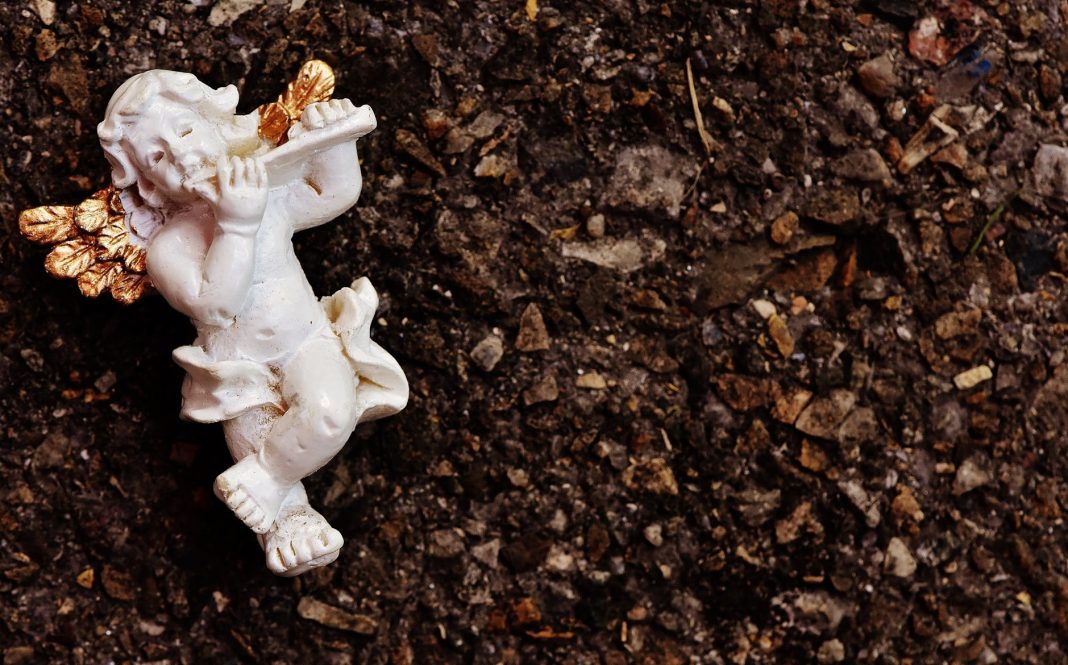

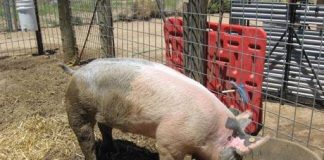




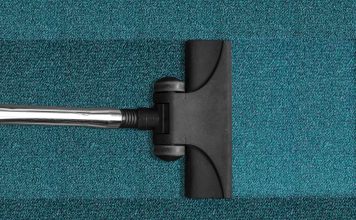
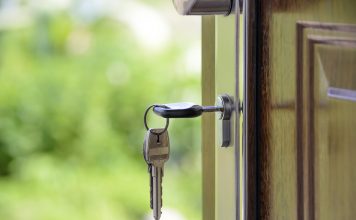
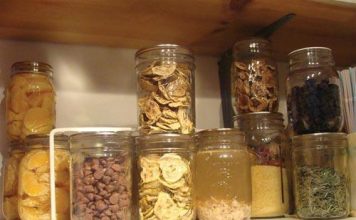
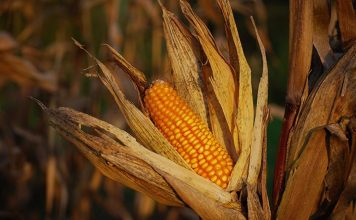

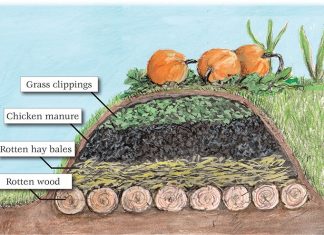
I’ve read several articles as time has gone on, that tell to get your local extension office to test your soil, especially referring to mineral content. I’m in Redding, California in the far north of the state, Shasta county, and they refuse to analyse any soil. They say to go to a soil analysis company in town, that costs. So stop saying your extension will do it. This is a good article!
Another area that needs looking into is the water quality. In the NE the water is found to have a lot of Manganese, and in some case’s Arsenic, in any number of well’s tested.